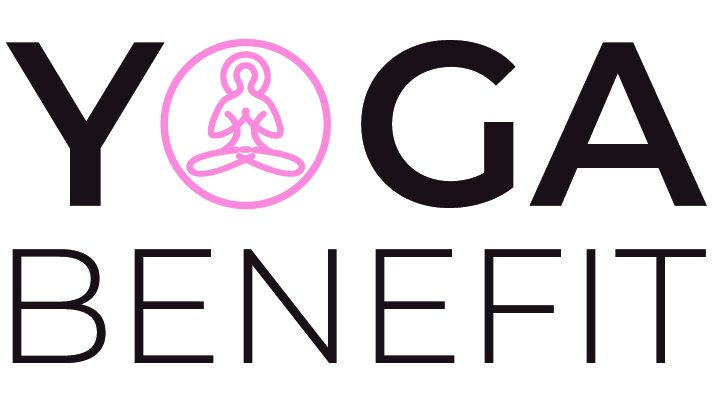It’s great news to be able to learn more about how to become a yoga teacher. Before you can start looking at your options for teacher training in yoga, you need to be aware of the various options. Let’s begin with the types of yoga and three most popular courses.

Different types of yoga teaching courses
Before you begin looking at your options for yoga teacher education courses, it is important to understand the various options. These are the three most popular courses:
Course in YTT 200 hours
This is the basic teacher training course in yoga. You can still teach yoga without it. However, completing the 200-hour YTT will make you more qualified. You can complete your 200-hours in as little as 14 days or spread over a year. This course is for those who want to be yoga teachers, or just curious about yoga.
300-hour YTT Course
This certification is for advanced practitioners only. It can be obtained only after you have completed the 200-houryoga teacher training. This course is more demanding than the 200-hour yoga teacher course and will show the world that your business ethics are serious. This level will increase your chances of finding employment.
Course in YTT 500 Hours
If you have the time and the energy, You can choose to take both the teacher training courses. If you’re certain that you want to move quickly and are willing to dedicate your whole self to a career as a yoga teacher, this can be a great option. After you have completed your 200-hour yoga teacher training, you can further your studies to specialize in a particular type of yoga. You might choose to specialize in yin yoga or yoga nidra, or even yoga for children. There are many options for niche yoga teacher training courses. These include 50-hour, 100 hour and 200-hour options.
How can I pick a teacher training program in yoga?
- Before you start looking at yoga teacher training programs, here are some important questions to ask yourself:
- How much do you have to spend? What is your budget? Can you afford to go abroad and study in Ubud or Rishikesh? Or, will you have to enroll locally?
- Is it better to learn yoga online?
- What additional expenses will you have to budget for if you are studying abroad? Is accommodation and all food included?
- Are you able to commit to a course for a few weeks? Or will you have to work or take care of your family while you study?
- Are you looking to take a 200-hour course that will focus on Hatha, Vinyasa and Ashtanga? Or would you prefer to learn Kundalini, Yin, and Yin in the dynamic?
What are you looking to accomplish with this course?
You will need to have a RYT (Registered Yoga Teacher), distinction if you plan on teaching after your course. This distinction is for yoga teachers who have completed teacher training at a Registered Yoga School. These schools are recognized internationally by Yoga Alliance. After completion, you will need register as a RYT with Yoga Alliance and pay any fees. While not all yoga venues require teachers to meet this standard, it is worth considering your options when searching for courses. Once you’ve figured out what you want, the next step is to find reputable courses. Online testimonials and reviews from former students are available. For any questions, please email the school. You can ask your yoga teachers for their advice and recommendations. Yoga Teacher Land can also be a great resource for friendly guidance.
Do you need to be certified to teach yoga?
Surprisingly there is no law that prohibits you from teaching yoga without a teaching certificate. Teaching yoga takes a lot of skill. Most studios, retreats, and gyms will require evidence of a YTT certificate along with some teaching experience. Your students will feel more confident if you are able to teach at a professional level. Some schools require that instructors have taken a yoga teacher certification course through an RYS and then have registered with Yoga Alliance as RYT. We recommend doing some research before you choose your YTT program. You might find it advantageous to study at an RYS.
